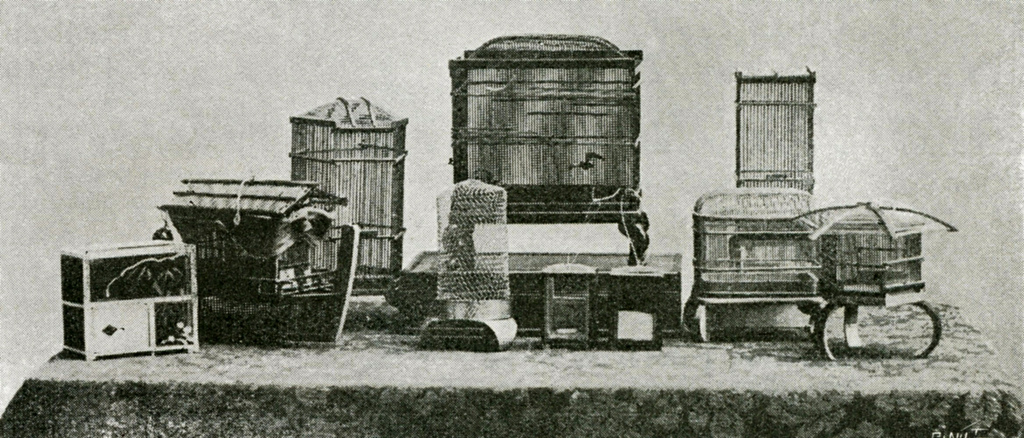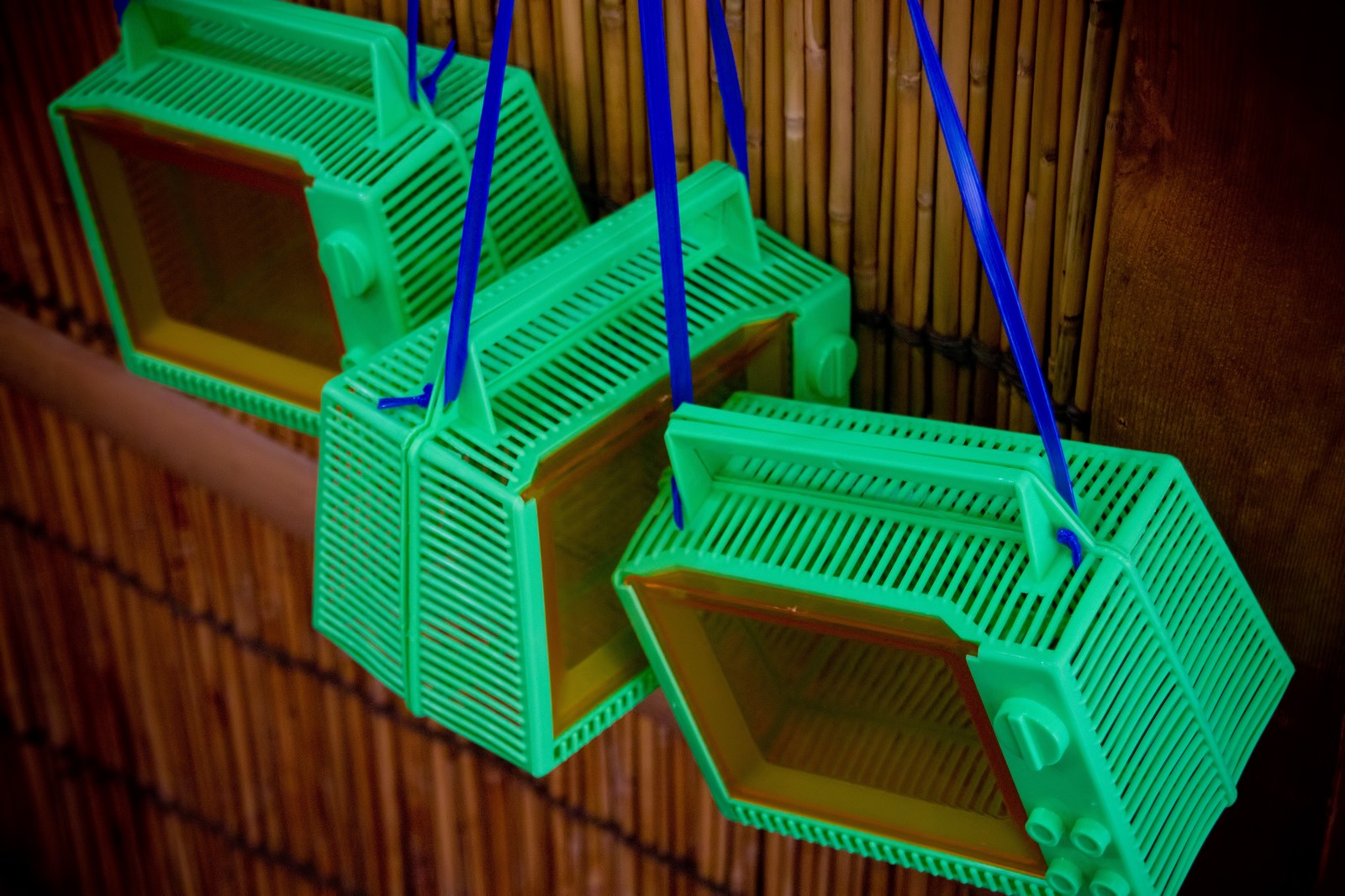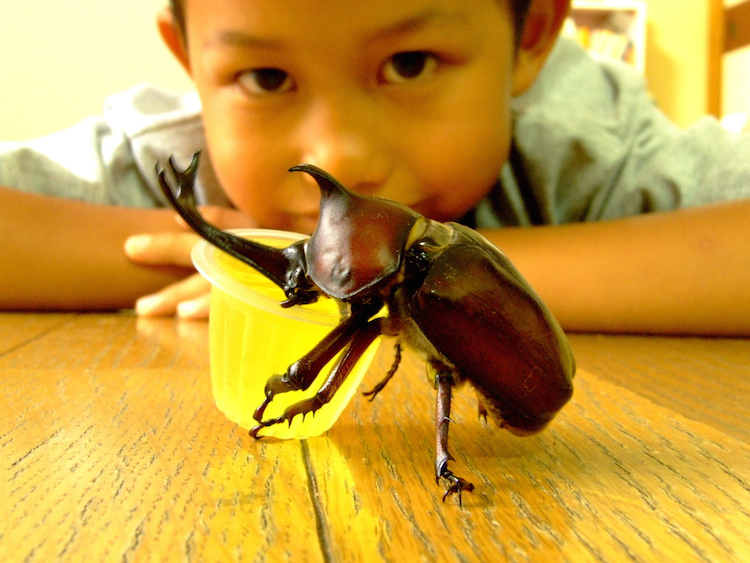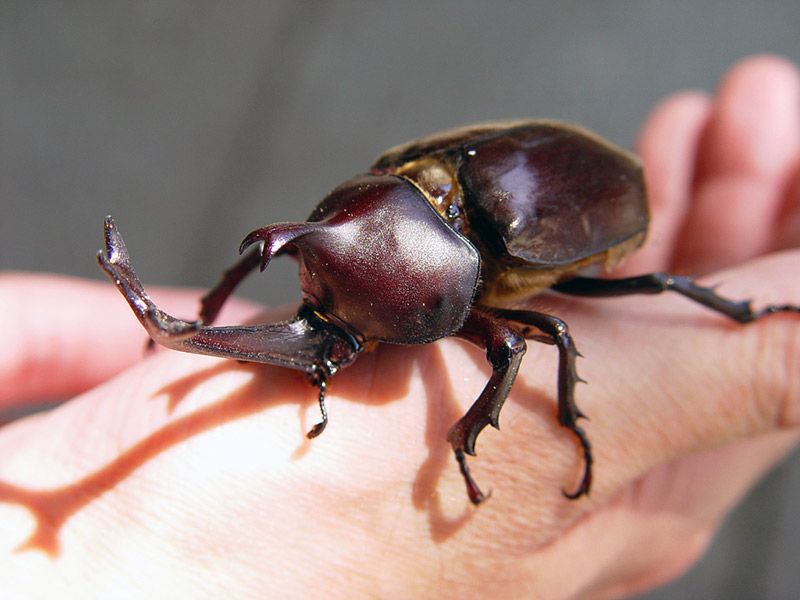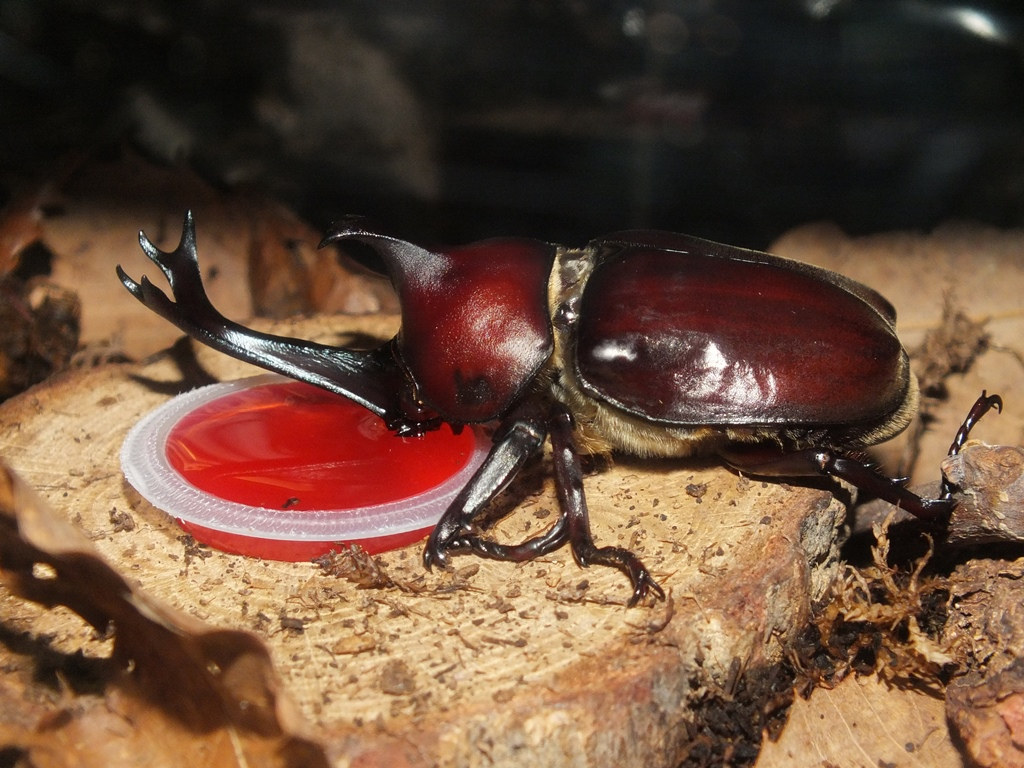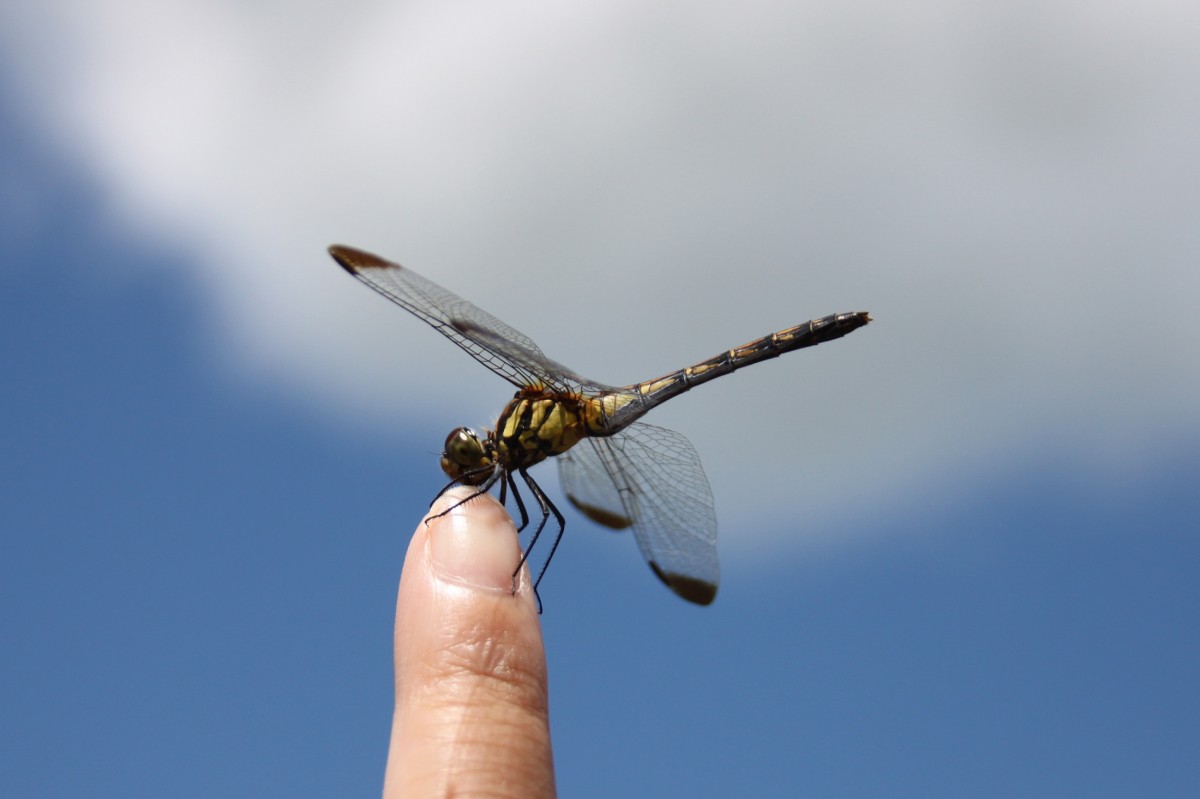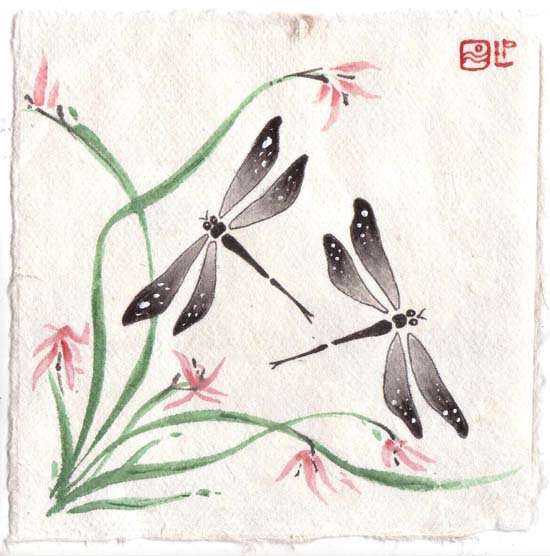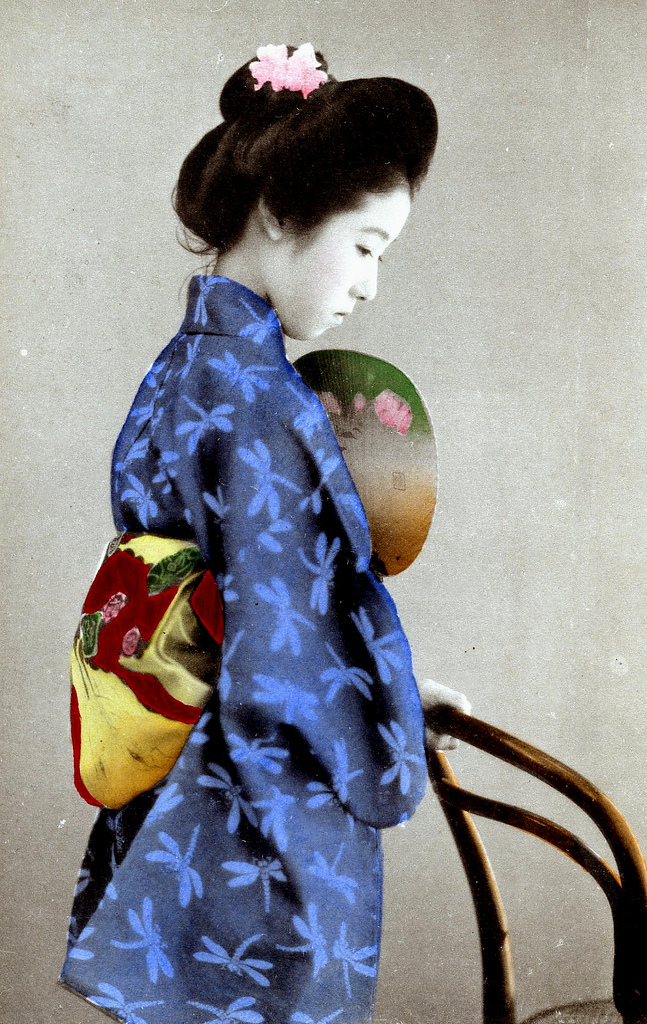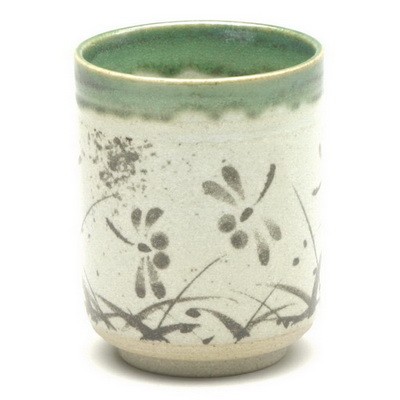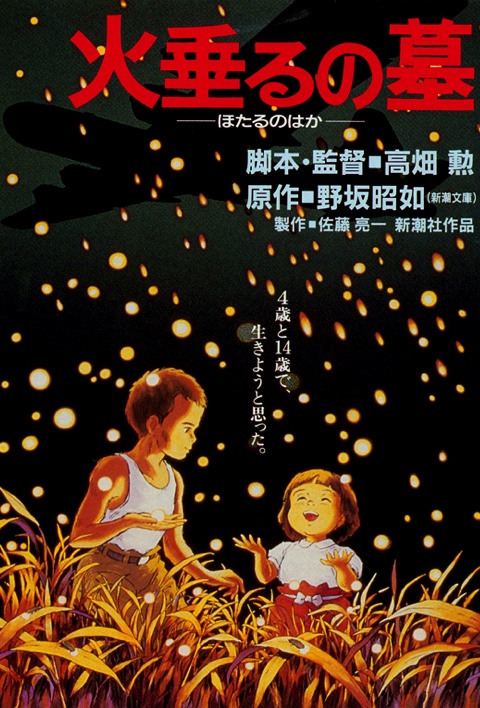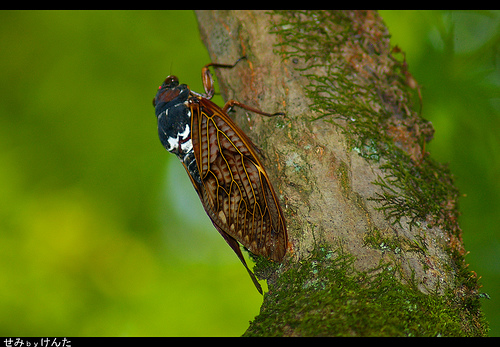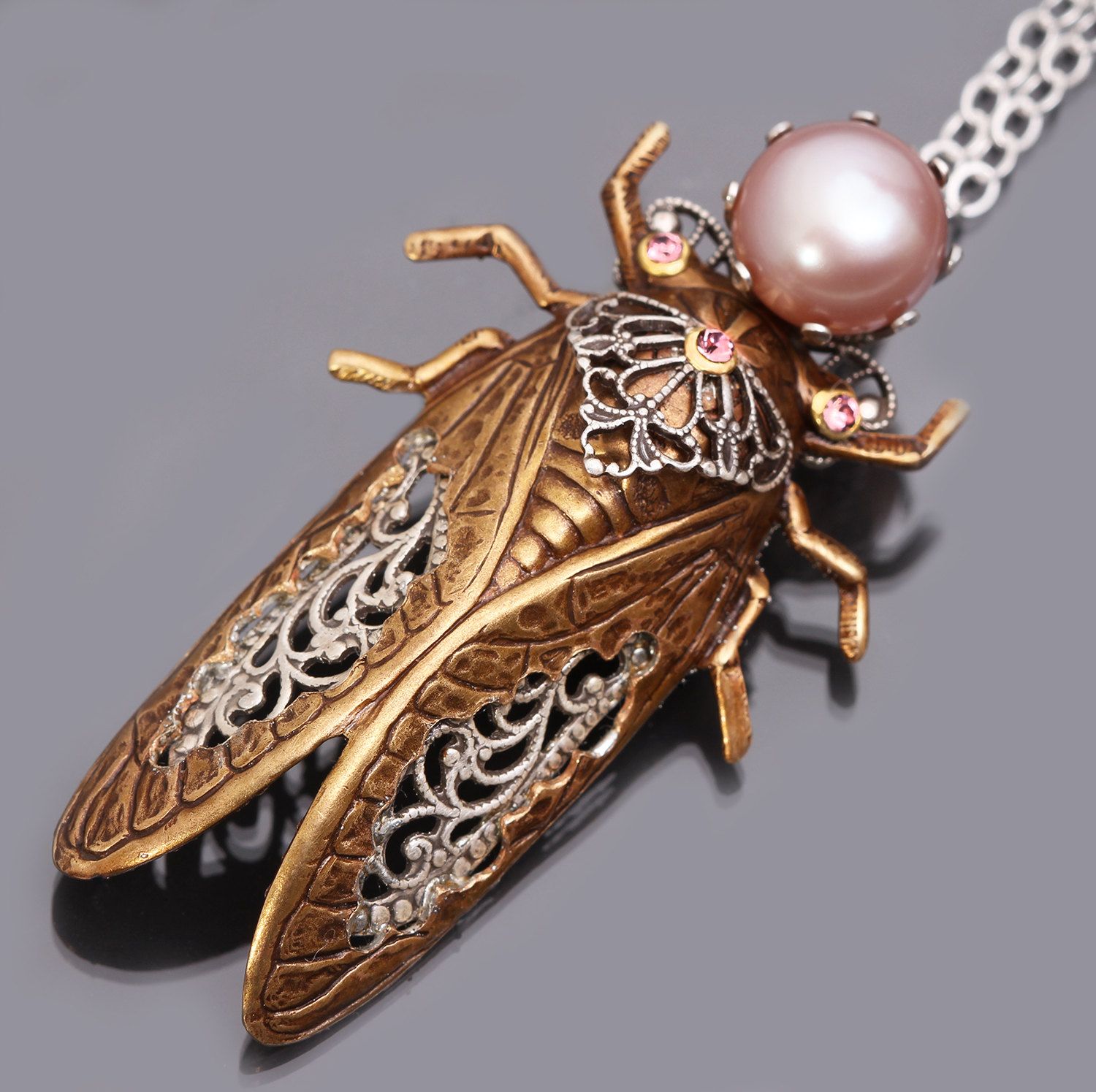Japanese Summer Bugs we Love
One of Japanese children’s (adults too) favorite summer pastimes is finding a summer bug pets. Mushi is the Japanese word for insect. Konchishonen is a word for a boy that loves to play with insects. Astroboy and Pokeman were created by self-professed insect fanatics. Japanese fascination with bugs goes back a long time. A thousand-year-old story Mushi Mezuru Hime is about a free-spirted young princess who loves bugs while other girls only love butterflies and flowers and how her passion for insects interest stirs up an interest in boys around her.
Everyone has their favorite summer bugs. Part of summer fun for kids is to go find your bug pets by yourself with a net. Classical Japanese literature is full of stories about crickets, mayflies and fireflies. These pets are fun and an easy summer pet to keep as they don't take up much room in your house. We keep them in a cage called Mushi Kago. These go back centuries, traditionally made by bamboo but recently they are mostly come in a green plastic cage with a viewing window at the top.
Kabutomushi (Rhinoceros Beetle):
During the summer, many children spend afternoons or evenings trying to catch these beetles and insects to bring home as pets. Many children prefer catching them instead of buying them at a pet store and some families have made it a tradition. If you can’t catch one, you can always buy them at local pets shops for 500-1000yen. Kabutomushi has a thick body which has a glossy black-brown sheen. It is not difficult to catch this beetle. It can easily be found during the morning in the woods where there are oak trees. Make sure to find a tree that has sap coming out of it, as the sap attracts the beetles which would feed on it. They like to eat sugar and sweets. We often feed them watermelon or jelly. These beetles don’t have a very long life, the male will die in about 4 weeks and the female will continue to live until she lays her eggs. The babies will live approximately one year. Make sure to take care of them by keeping them hydrated, giving them lots of leaves, and giving them lots of jellies. It’s better to have them in male and female pairs so if you can get two.
Kuwagata Mushi (Stag Beetles):
These are similar to Kabutomushi and can be found in the forest as well. Keep their cage clean with dirt and wood and leaves. They also like to eat sweets like jelly or fruits. Beetles can get dehydrated so keep them moist. You can buy humidifiers for the beetles at a pet store. Unlike Kabutomushi, Kuwagatamushi have a much longer life span and can live for a few years if properly taken care of.
Tombo (Dragonflies):
One of our favorite bugs are dragonflies. So many different colors and types. Dragonflies breed in water and can be found around lakes, rivers, ponds and rice paddies in Japan and children are often nearby chasing them about with long handled nets to add to their collection of summer insects that they proudly carry about in little plastic containers. You can catch a dragonfly with a net or follow one and wait for it to sit down and slowly move towards it and move your fingers in circles around it’s eyes, hypnotizing the dragonfly and it will remain still for a while and you can draw or study it or just walk around with it on your finger.
Because they dragonflies are so beautiful, they are often found on summer yukatas, obi’s, pottery, etc.
Hotaru (Fireflies):
Firefly viewing is a traditional Japanese summer activity that has been practiced for centuries. Japanese people have long held a soft spot for these tiny glowing insects, which occupy a special place in Japanese culture. They were used as a metaphor for passionate love in the Man’yoshu, an 8th century poetry anthology, but they also figure in recent popular culture such as “Grave of the Fireflies”, the classic 1988 anime film by Miyazaki Hayao / Studio Ghibli depicting life after WW2.
In the past, watching fireflies is a common activity but today’s urbanization has depleted the number of fireflies than can be seen. Nonetheless, many people still enjoy watching the beautiful fireflies by the river at night. The firefly’s ability to emit light makes them pretty so children love to catch them. The beauty of fireflies does not last long, in which the Japanese termed as “hakanasa.”
Semi (Cicada):
If you have ever spent summer in Japan you would have heard the semi (cicada) singing “Tsuku-tsuku Boshi” song all summer. There are many cicadas during the summer and they make more noise as the weather gets hotter. You see kids trying to catch cicadas with nets. While the cicada’s straw-like mouth seems like it can sting, it is only used to suck sap from trees, so it is safe for children to hold cicadas. Although since they make so much noise so it is not usually recommended to keep them as house pets.
Since cicada’s live from 13 to 17 years underground and only live for one season we consider that there is a kind of poetry to their lives. We find the skin they shed on trees. Some people collect them. Semi are also popular casts for jewelry pieces.
Although Japan is very populated, we still have a lot of wild nature and if you have time it's always nice to take at least a day trip walking around in nature.



